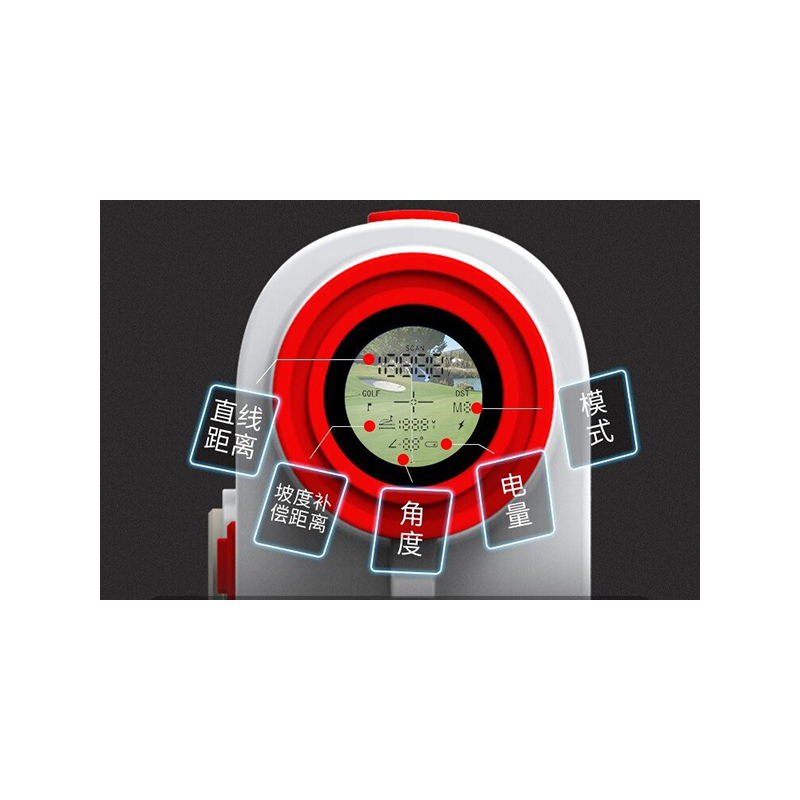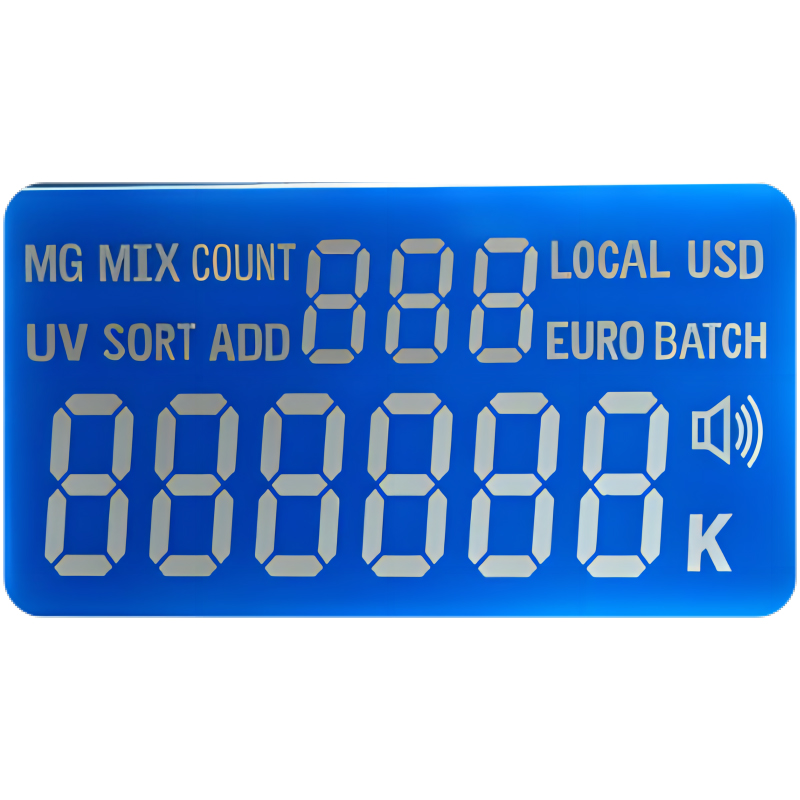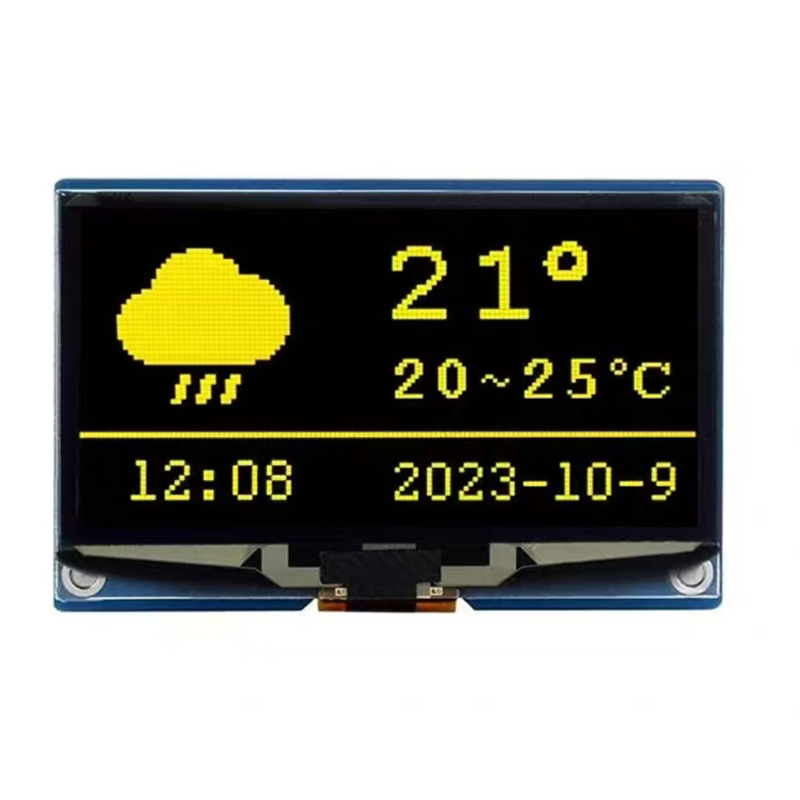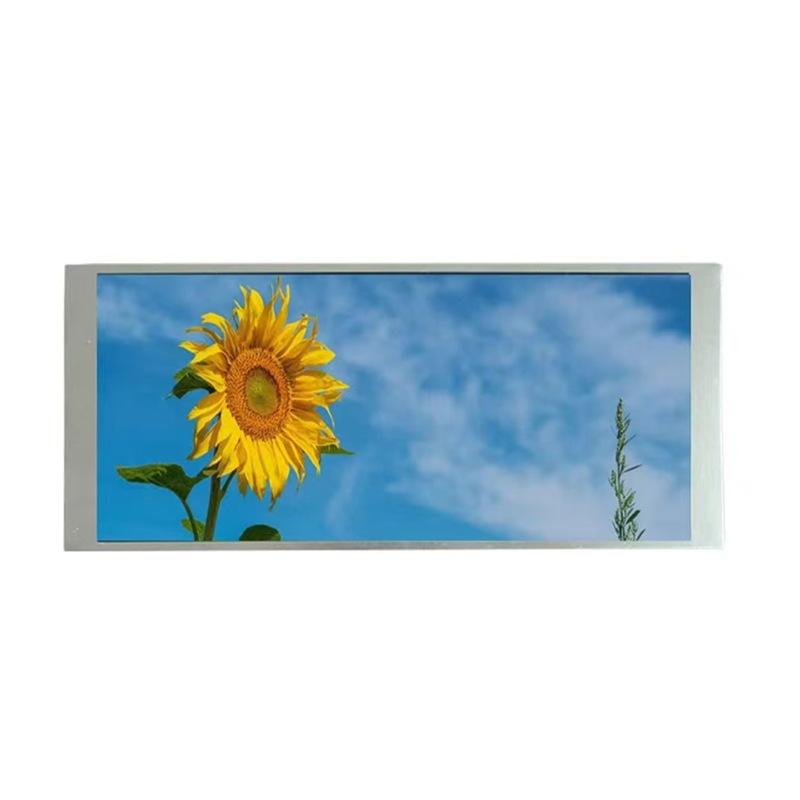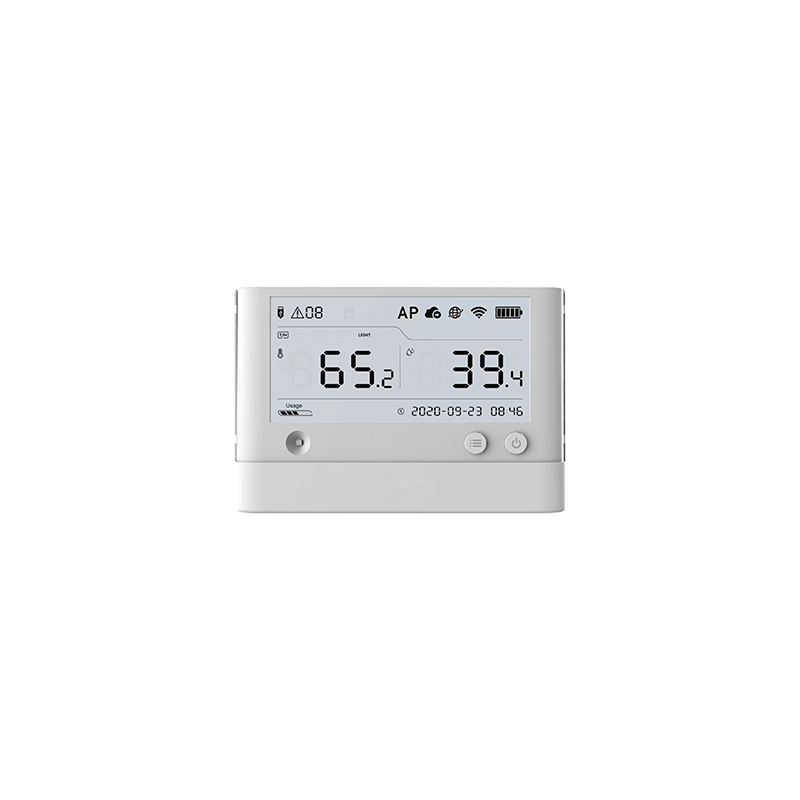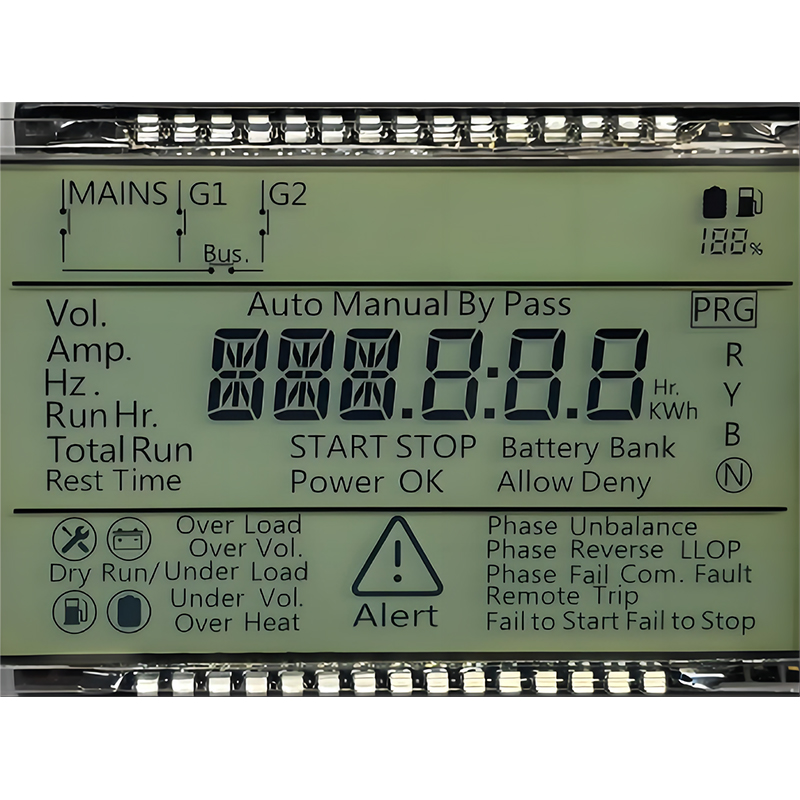
Finding the perfect 6 inch TFT display can be overwhelming with the sheer number of options available. This guide cuts through the noise, providing a detailed look at factors to consider when selecting a 6 inch TFT display for your specific application. Whether you're a hobbyist building a custom project, a professional requiring a reliable display for industrial use, or simply looking for an upgrade, this guide provides the information you need to make an informed decision.
Resolution, measured in pixels (e.g., 800x480, 1024x600), directly impacts image clarity and sharpness. Higher resolutions offer more detail, but also demand greater processing power. Pixel density (pixels per inch or PPI) determines how closely packed pixels are, impacting visual sharpness. For a 6 inch TFT display, a higher PPI generally results in a crisper image. Consider your application; a high-resolution display might be crucial for tasks requiring fine detail, while a lower resolution might suffice for less demanding uses.
Color depth, often expressed in bits (e.g., 16-bit, 24-bit), defines the number of colors the display can produce. Higher bit depths offer a wider range of colors and smoother gradients. Color gamut refers to the range of colors a display can reproduce, expressed as a percentage of a standard color space (like sRGB or Adobe RGB). A wider gamut means more vibrant and accurate colors. For photo editing or video work, a wider color gamut is essential. Many 6 inch TFT displays offer suitable color depth and gamut for various applications.
Response time measures how quickly a pixel changes color, impacting motion clarity. Lower response times (measured in milliseconds) are preferred for fast-paced applications like gaming or video playback, minimizing motion blur. Refresh rate, measured in Hertz (Hz), determines how many times per second the display refreshes the image. Higher refresh rates reduce screen tearing and improve overall smoothness. For most uses with a 6 inch TFT display, a response time under 20ms and a refresh rate of 60Hz are sufficient. However, gamers or those working with high-frame-rate video might want a faster response time and higher refresh rate.
Brightness, measured in candelas per square meter (cd/m2 or nits), affects visibility in different lighting conditions. Higher brightness is advantageous in bright environments. Contrast ratio measures the difference between the brightest white and darkest black the display can produce. A higher contrast ratio leads to deeper blacks and more vibrant colors. Consider the typical lighting conditions where you'll use the 6 inch TFT display when choosing these specifications.
6 inch TFT displays come in various types, each with its own strengths and weaknesses. Choosing the right type depends on factors like viewing angle requirements, power consumption, and budget. Some common types include:
The best 6 inch TFT display for you depends on your specific needs and budget. Consider the key features discussed above, and research different models available from reputable manufacturers. Compare specifications, read reviews, and check prices before making a purchase. For reliable and high-quality 6 inch TFT displays, consider exploring options from Dalian Eastern Display Co., Ltd. They offer a range of displays for various applications.
TFT (Thin Film Transistor) is a type of LCD (Liquid Crystal Display) technology. All TFT displays are LCDs, but not all LCDs are TFTs. TFT technology provides better image quality and faster response times than older LCD technologies.
Yes, you can, but the suitability depends on the display's response time and refresh rate. Look for displays with low response times (under 20ms) and higher refresh rates (60Hz or above) for optimal gaming performance.


